You have had problems. You currently have problems and you will have problems. Our world has always been characterized by some degree of uncertainty and complexity, highlighted by encounters with volatility and ambiguity (VUCA). Today it’s just more so. As these characteristics ebb, flow and intermingle in the circumstances of our lives they create problems; problems of different types. What kind do you have?
The answer matters. Different types of problems require different approaches. Determining the essential nature of a problem is the first and most powerful decision to be made in problem solving. This is often hard because our culture has a bias for action, for fixing, for results, for now. This creates pressure that can lead us astray by debating potential solutions and avoiding the real discussion about what’s going on.
PUZZLES have objective solutions, and typically have known and reliable methods for resolution. The problems are technical, mechanical, financial, or mathematical in nature. The most pressing need is for expertise. Once found, the solution will be obvious to any appropriate observer. The problem can be carved up into pieces and addressed separately. And solutions can be imported (purchased, copied, stolen) from elsewhere, as in “best practices”.
We are so comfortable with Puzzle problems that we often over use the category. The linear, rational process for puzzle problem solving can be seductively attractive precisely when the emotional, interpersonal issues are dominant. And that also means other problem types are probably more appropriate.
The main challenges are ensuring the problem solvers have a stable definition of the problem, the requisite skills, and a clean group process.
TOO RICH problems are almost the exact opposite from Puzzles. While we are often certain there is at least one answer, the solution is not objective. In fact, we are typically facing a wide array of possible choices. The situation calls for a visionary or artistic effort, not a technical one. Once found, the solution will not be obvious; it may remain controversial well into implementation. Rather than expertise, the most pressing need is for judgment, intuition, innovation, even courage.
These problems require attention to an eventual audience (employees, investors, customers, directors, regulators, etc.) but also looking beyond what that audience might be able to articulate. They should be inspired by the final outcome, but also surprised by it.
UNCERTAINTIES are dominated by the unknown or unknowable variation in key variables. Typically solutions would vary significantly depending on some uncertain future development. The “solution” has to be contingent on future events, making for multiple possible solutions rather than one best solution. The problem solving effort has to be drawn out into the future so we can watch unfolding events and modify the solution as needed. The problem solving team cannot disperse; they have to remain engaged to oversee the adjustment of solutions as circumstances reveal themselves.
These problems require making assumptions about an unknowable future; the process is fragile and easily attacked, but it is also essential. Assuming there is only one possible future would be the worst possible choice.
Writing compelling scenarios is the essential kernel of this problem type, and it is a rare skill. The pressure to settle on just the most likely scenario will be intense, and it will challenge the leader to keep the group attentive to multiple futures.
Be careful not to confuse uncertainty in the observer with uncertainty in the world; just because we are confused does not mean the world is random.
DILEMMAS come from our simultaneous commitment to incompatible goals. Our efforts to maximize one undermines our success at the other. Faced with an apparent conflict of interest, the representatives of each side tend to become even more ardent advocates, which only provokes an equal escalation on the other side. Dilemmas are never really resolved, only managed more or less well. The on-going nature of dilemmas makes a process for finding solutions more valuable than any particular solution.
It requires a mind shift to see “one dilemma” instead of “two goals”, but until we make the perceptual shift, it is extremely hard to envision the synergy required for managing a dilemma. Without that insight, people only work for a compromise, which will leave both sides unsatisfied.
Since there is no permanent resolution, the process for exploring options and for learning from experience becomes more important than the actual “solution” proposed for the present.
Ongoing management requires a relationship among people who used to be antagonistic to each other; a sense of respect and mutual regard is essential. This is very different from the relationship we might seek in a Dispute, which is the other problem type often confused with a true dilemma.
DISPUTES are the classic conflicts of multiple stakeholders with colliding interests. While cooperation may be difficult it is also essential, since no one can proceed without the tacit permission of the others (although that power is usually expressed through a veto rather than positive support). The driving need is for a safe and equitable forum where parties can surface their interests and explore options for the most satisfying outcome for all parties concerned.
In other problem types, it is appropriate to seek a solution; in this problem type, we strive for a safe forum where the participants can find their own solution. The neutral facilitator becomes more critical than the subject matter expert. Without the safe forum for negotiation, the players will be tempted to pursue political solutions.
COMPLEXITIES emerge when enough actors behaving independently form an almost organic entity: A marketplace of buyers and sellers, employees in a company, companies in a market segment, all the supply chains feeding into a single company. All of these phenomena exhibit order and structure well outside the intentions of any one ostensibly “in charge”. The organization of such systems is emergent, an unpredictable property spawned by the relationships among the players.
Complex systems are fundamentally unknowable. We can capture trends and patterns, but they are mostly heuristic, and never exhaustive. We can “nudge” a system, but we cannot totally control it or drive a specific solution. A complex system will “answer back”, and often with a message we did not expect.
The difficulty in observing systems is remembering that we are in the system, not outside of it. Our observations and learnings change the system, so it is no longer what we thought it was. Attempts at fixing a problem also change the system. It is an ever shifting target.
Source: Jerry L. Talley
As a leader in our VUCA world, you will need to be a problem solver and a dilemma manager.
In Other Words…
“If you choose to not deal with an issue, then you give up your right of control over the issue and it will select the path of least resistance.” ― Susan Del Gatto
“I suppose it is tempting, if the only tool you have is a hammer, to treat everything as if it were a nail.” ― Abraham Maslow, Toward a Psychology of Being
“If I had an hour to solve a problem I’d spend 55 minutes thinking about the problem and 5 minutes thinking about solutions.” ― Albert Einstein
“It’s so much easier to suggest solutions when you don’t know too much about the problem.” ― Malcolm S. Forbes
“The improvisational ability to lead adaptively relies on responding to the present situation rather than importing the past into the present and laying it on the current situation like an imperfect template.” ― Ronald A. Heifetz, The Practice of Adaptive Leadership: Tools and Tactics for Changing Your Organization and the World
In The Word…
“Trust in the Lord with all your heart, and do not lean on your own understanding. In all your ways acknowledge Him, and He will make straight your paths.” Proverbs 3:5-6 ESV
In Linked Words…
Your scary future, Part 7: how do you find comfort in an uncomfortable world?
Your scary future, Part 6; flexing and all that jazz
Your scary future, Part 5; the necessity of a prepared mind
Your scary future, Part 4: the lady or the tiger?
Your scary future, Part 3: sense and sensibility
Your scary future, Part 1






